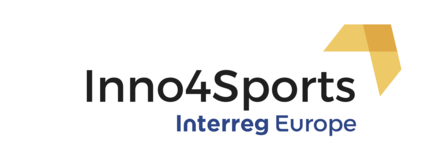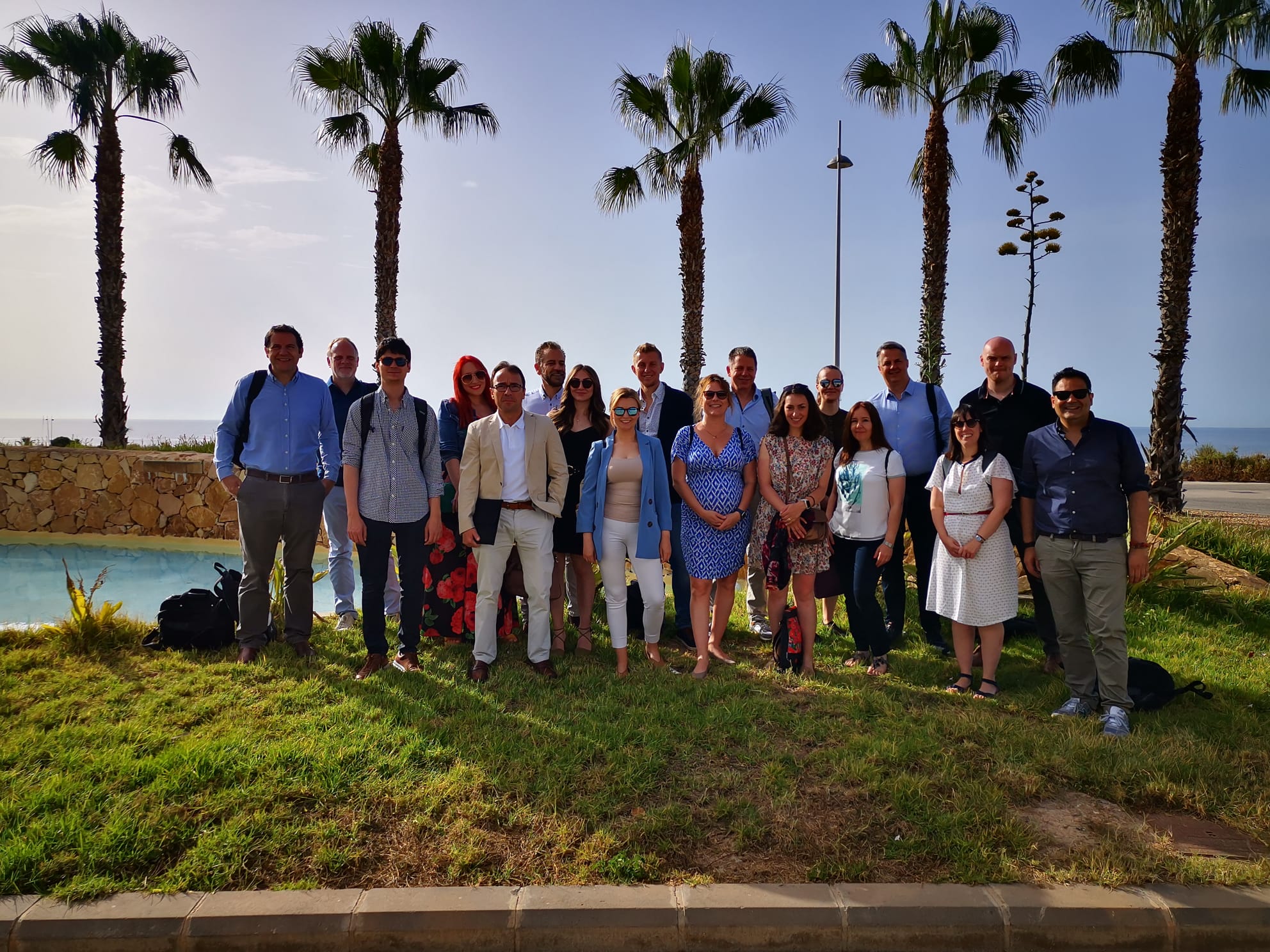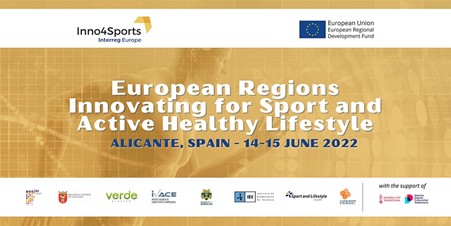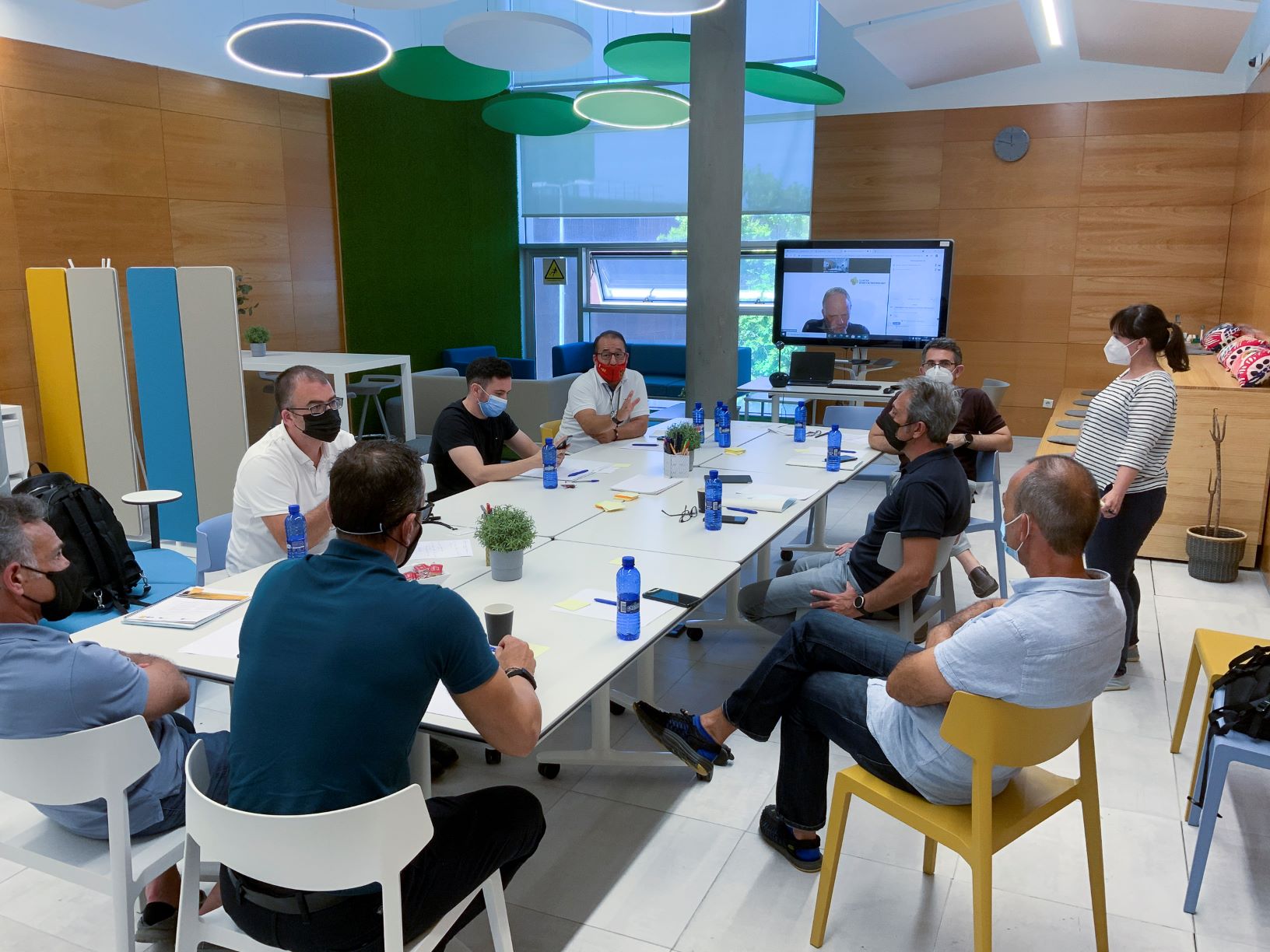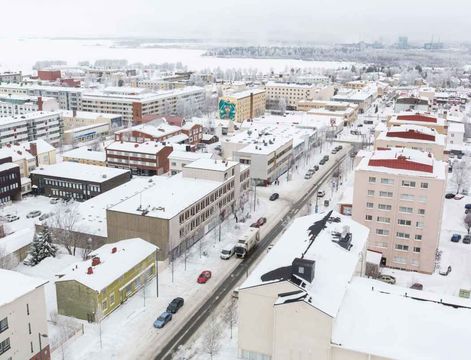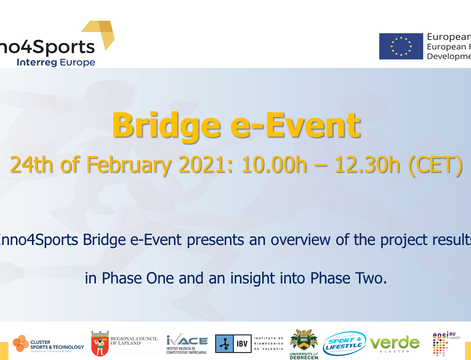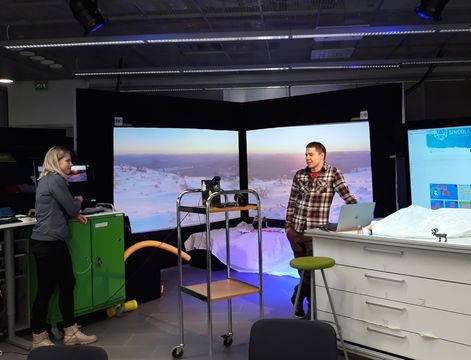Gonzalo Gobert-Cézanne: General Manager of Ricardo Tormo Circuit since 2012 and being there since the opening of the circuit in 1999. With a background in finance, his commitment has made the Region a benchmark in the world of motorsport. From 2017 he is a member of FIA commission whilst also collaborating with manies Master Porgrams related with Sport Marketing at the FUE – UJI (Castellón), ESIC (Madrid) and UCAM (Murcia).
A circuit inside a stadium defines this Circuit which was designed so that spectators could follow races in its entirity as the track can be seen from the stands. The demanding track layout and excellent facilities have made the Circuit a nerve centres of motorsports with a 95% track occupation throughout the year including the MotoGP World Championship. The Tormo’s Circuit has received many awards positioning it among the very best of today’s racing circuits: it gained three Motorcycling World Championship prizes in 2003, 2004 and 2006, two best World Superbikes Championship awards in 2000 and 2006 and one award for the best Truck Grand Prix in 2001. Albeit, the objectives of the Valencia Regional Government for the circuit cover a wider scope as Tormo’s Circuit was intended to have a dynamising effect. It is not just a racing track but a a meeting point and mostly a place to gather with family¬/friends. The Tormo’s Circuit was intended to meet the claims of Valencian motorcyclists whilst being a sporting project to train young racers with the aim to have a Valencian driver in Formula 1.
1.- From your long experience in the motor sector: What are the main lines of technological innovation that can change the future of this sport? The great lines of innovation in motorsport are in three main fields:
* Simulation: Both the quality of training and the great cost-benefit ratio associated with e-training vs track training make this field key;
* Physical training/Recovery: Specific-sport training make this a growing field. In terms of athlets recovery is key after a race, after trans-ocean trips (communiting,quality of sleep...) as well as accident recovery prevention (injury, post-surgery...).
* Social Networks and Gamification: It is a key trend in this sport to involve the fan, especially to better understand the ins and outs of actively participating and playing.
2.- How do you think a venue like Circuit Ricardo Tormo can contribute to innovation in sport? The Tormo’s Circuit has been carrying out sports technical tasks since its inception in 1999 through its driving schools: the “Formula of Champions” and “Cradle of Champions”. In 2017, it was also created the “Specialized Center for Motor Sports Technification” blessed by the Higher Sports Council and the only center of these characteristics associated within a circuit in Spain. This center is the ideal testing ground for developing new technologies and solutions in motor sports (Barça Innovation Hub) with fields of action ranging from equipment, training material and development, solutions to prevent and heal injuries.
3.- You have a proven and extensive experience in sports in Valencia, what strengths and opportunities does Valencia have to become a leading region in sports innovation/motors? Valencia has the requirement to become a unique region for athletes training in Europe: the weather, the quality of infrastructure/facilities, the cost of living, the presence of sport professionals and the predisposition of society/business towards sports make Valencian Community an ideal place for sports training. And yet, it is necessary to implement a comprehensive strategy that involves the quadruple helix so to cooperate and offset disadvantages. As for motor sports, Spain and the Valecia Community have the world leaders in pilot training as it is not only a land of fans but also of sport motorcycles and motorcycling world champions. Thanks to the talent of our athletes and the work carried out by the institutions and many entrepreneurs worldwide, we are in the privileged situation to be world leaders, since we have the facilities, technicians, equipment, know-how. A comprehensive strategy should also be drawn up involving institutions, companies and athletes from the Valencian provinces.
We need to consider the necessary conditions at all level: administrative, legal, equipment and infrastructure. It is fundamental to develop policies on incentives, taxes around sport: i.e. a law of sponsorship and patronage without complexes would be like gold for Spain.
5.- What possibilities do you find most interesting to promote transregional projects?
The Valencian Community should join those regions that could complement the assets when developing comprehensive/efficient programs. At the Circuit level, I would promote technological projects so to boost that path.
Ricardo Tormo Circuit: www.circuitricardotormo.com
